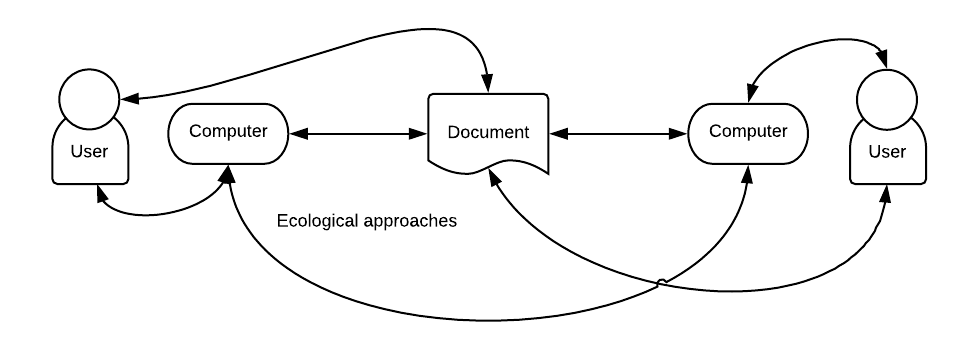Bonnie Nardi and Vicki O’Day (1999), two information technology researchers and scholars, developed the concept of the information ecology to describe the technology-rich systems that were emerging at the turn of the century. (1999) used the term information ecology to capture the complex and evolving nature of these systems. Nardi and O’Day observed,
“Information ecologies are filled with people who learn and adapt and create. Even when tools remain fixed for a time, the craft of using tools with expertise and creativity continues to evolve. The social and technical aspects of the environment coevolve. [Emphasis in the original] (p. 53)
They further observe the interaction between people and their tools as they seek, but never achieve, a perfect fit between actions and goals, is a part of a healthy information ecology, just as those interactions indicate healthy ecosystems in biology.

Nardi and O’Day (1999) continue to develop the metaphor of the ecosystem to information technology-rich systems by identifying keystone species; in natural ecosystems, these are those species essential to the ecosystem, so when they are removed, the ecosystem fails and is replaced. In information ecosystems, Nardi and Day suggest a keystone species is the mediator who are “people who build bridges across institutional boundaries and translate across disciplines… (p. 54). In schools, these mediators may be individuals who emerge from either the information technology professionals or the education professionals; these individuals would be considered technology stewards.
Reference
Nardi, B. A., & O’Day, V. L. (1999). Information ecologies: Using technology with heart. Cambridge, Mass.: MIT Press.